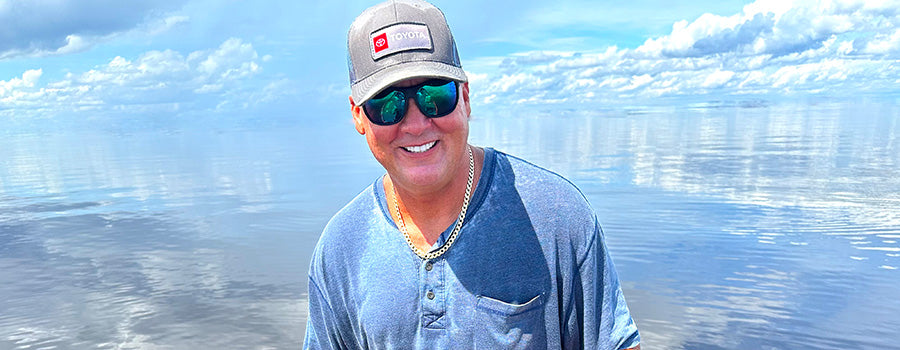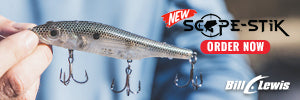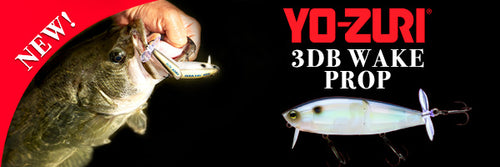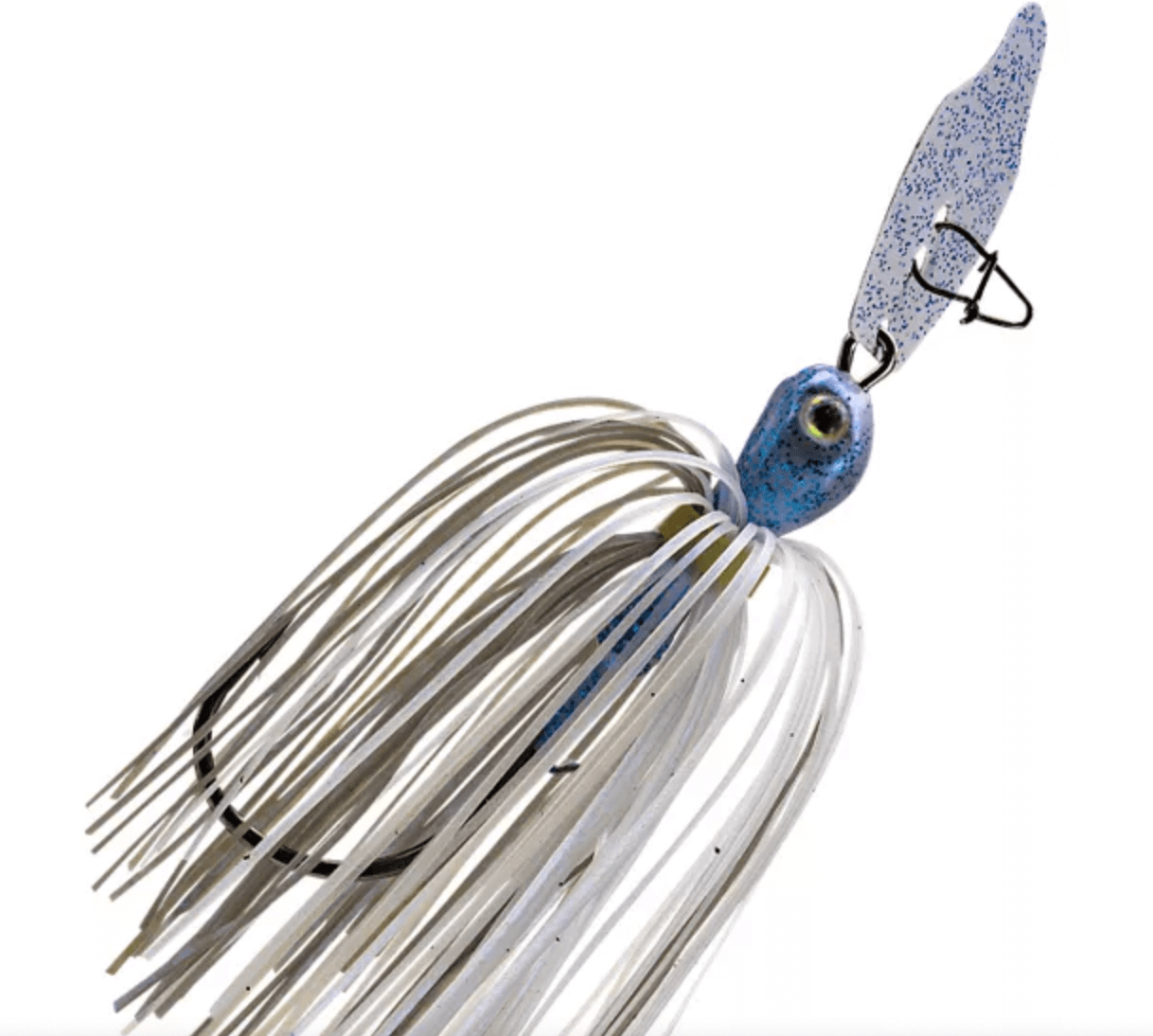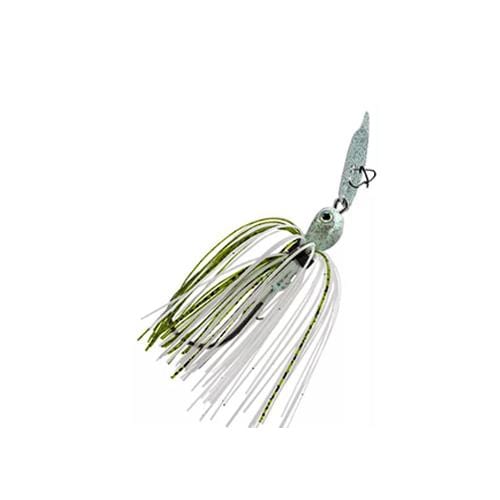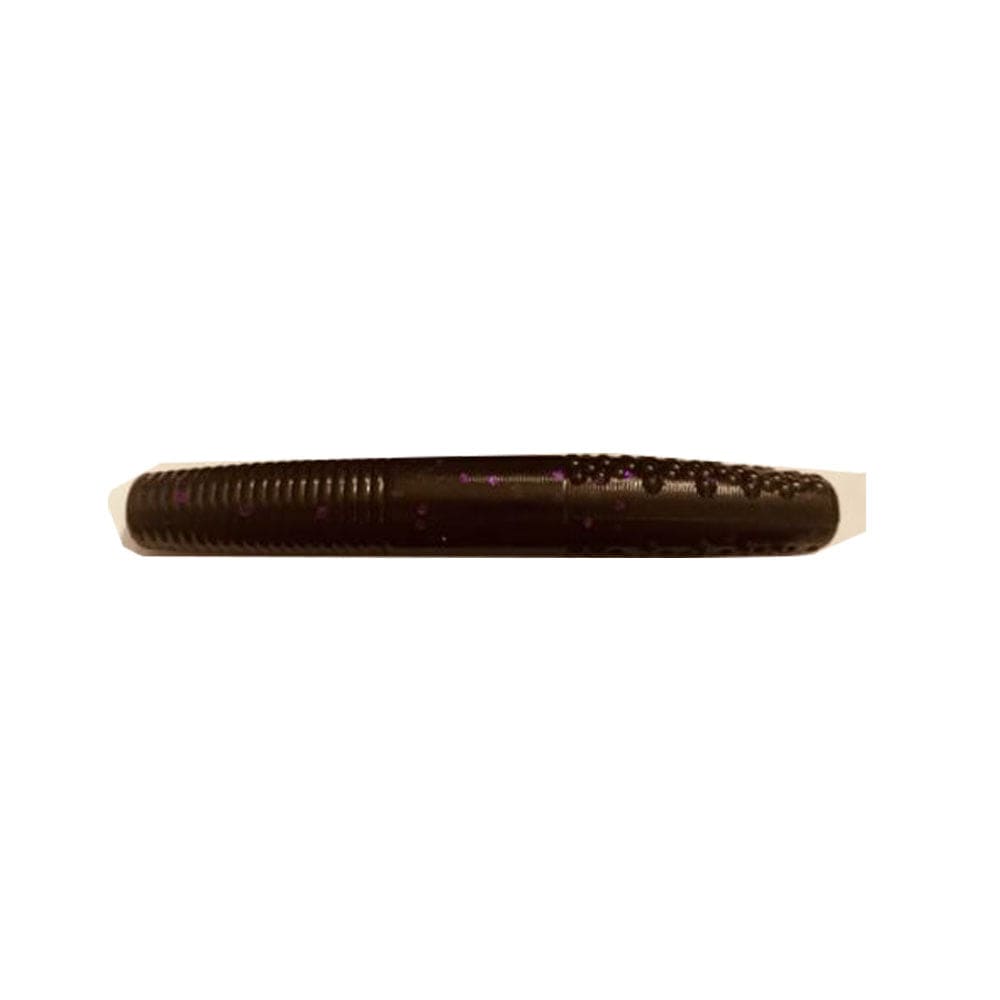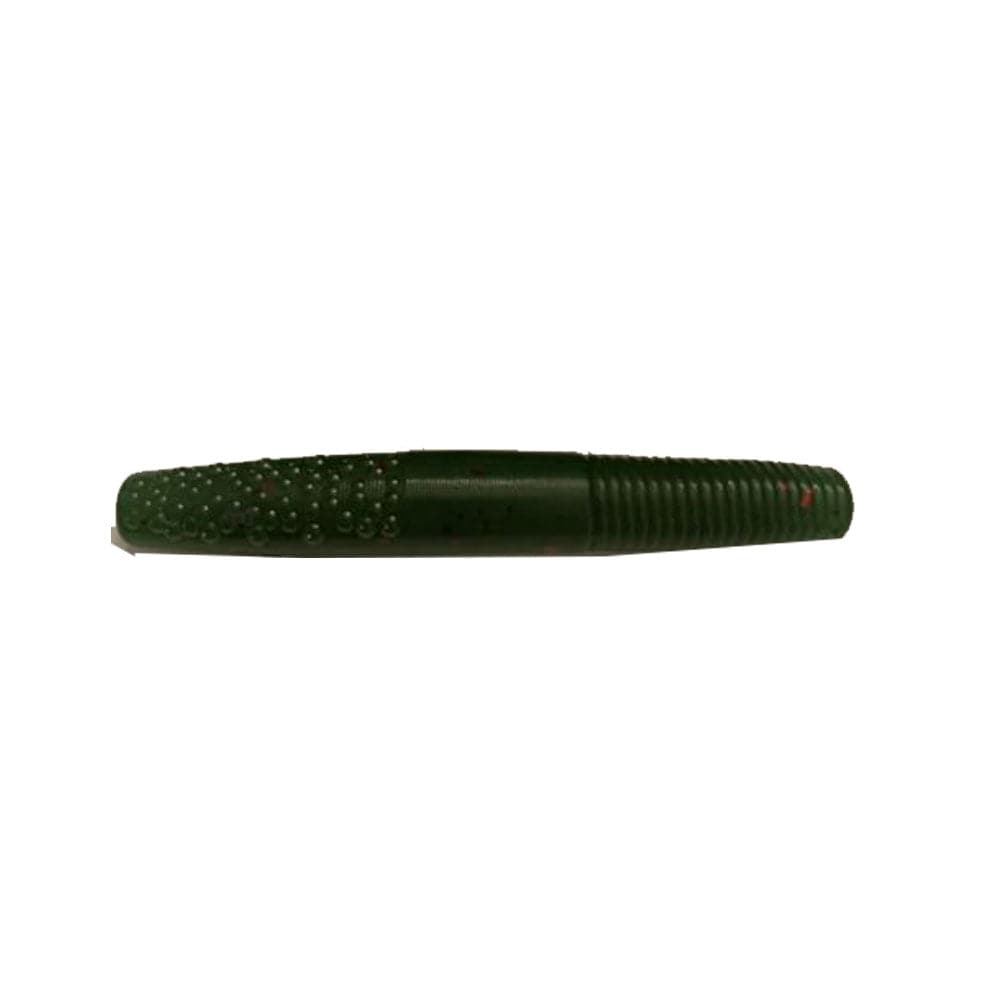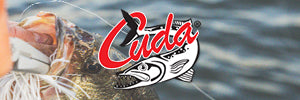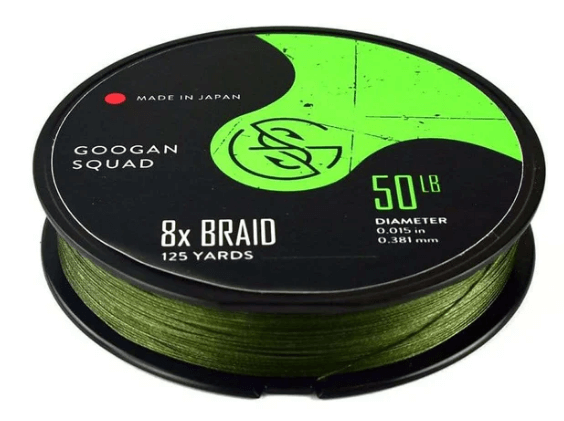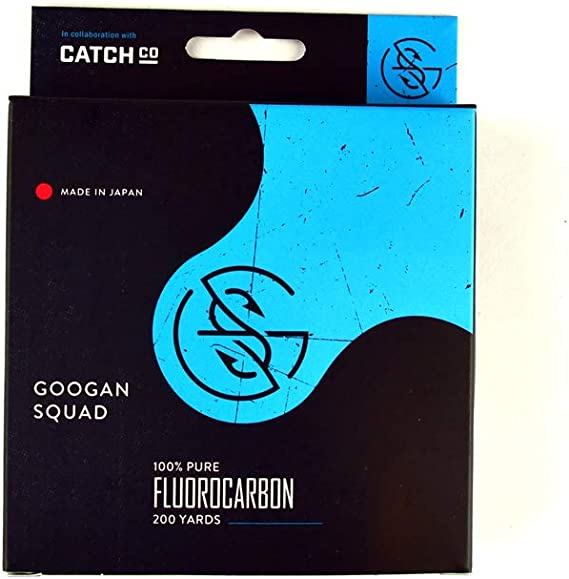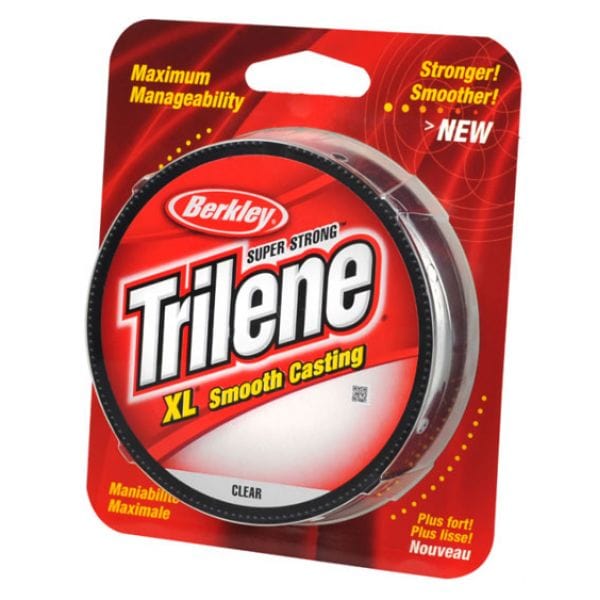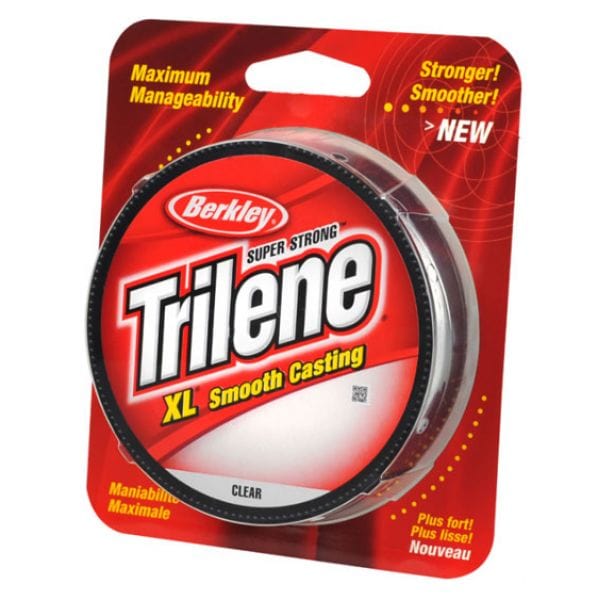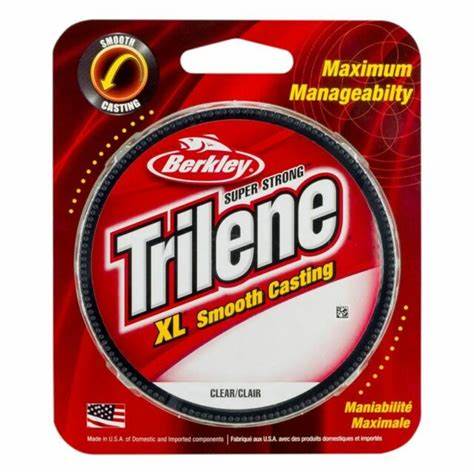Team Toyota’s Terry “Big Show” Scroggins believes that in order to keep his illustrious pro career of two decades
competitive, having a professor’s level of knowledge regarding forward-facing sonar is imperative. So, he’s been utilizing
dozens of crappie fishing trips on his home waters of the St. Johns River to dial-in his understanding of “FFS” with great
precision.

“When forward facing sonar first came out, I didn’t pay a lot of attention to it. Early on, I’d say only about 30% of the pros
were using it, and it was mostly when we went to northern smallmouth fisheries. Now, it’s a player in every region of the
country. Whether you’re scanning cypress trees in 4-feet of water in South Carolina or throwing a drop shot 30-feet deep
in New York … you’d better be using it,” emphasizes Scroggins.
Recent crappie fishing trips have taught “Big Show” three valuable forward-facing sonar lessons he graciously shares to
help all FFS users be more efficient.
Set the range to 25-feet when you’re around fish
Rather than leave the transducer’s beam to range out 100 feet all the time, or even closer at 50 feet, Scroggins has
learned when he knows he’s around fish, to reduce the range down to 25 feet, which in turn provides a far more detailed
look at how the fish are behaving, and reacting to his lure.
“When I set the range at 25-feet, not only can I see exactly where my tiny little 1/32 ounce crappie jig is in relation to the
fish or brushpile, but I can also literally see their tail fins moving, and tell whether they’re swimming toward my jig or
away from it,” insist Scroggins.
Choose your screen’s color schemes carefully
All brands of modern-day sonar units offer anglers their choice of various color shades on the screen. However, the color
that one person’s eyes see best, may differ from their fishing buddy’s. So, try various shades until you’re confident you’re
seeing the most detail.
“I like the black emerald color scheme a ton. It’s probably my favorite most days. But I also like midnight blue and orange
crawfish. It all depends on your individual vision, clouds versus sun, and even the shade of lens in your sunglasses. So,
utilize the color pallet that shows the most detail for your eyes, based on all those factors,” he suggests.
Turn your other sonar units off
One of the many peculiar observances Scroggins has made amid his in-depth study of FFS is the manner in which too
many transducer signals making a “pinging” or “clicking” noise under the water, spooks fish.
“There’s no doubt in my mind, when you’ve got two, three, or four sonar units all turned on at the same time, all that
pinging noise from the transducers spooks fish. I’ve watched it happen. So, when I’m working on catching a school of
them, I turn all the sonar off, except for the one unit I’m looking at,” says Scroggins.
So, whether you’re still considering adopting forward facing sonar, or simply trying to learn how to use it better, surely
Scroggins’ detailed observances while crappie fishing will lead you to catching more bass too, just as it has for him in
recent months.
You can follow us here
Instagram https://www.instagram.com/bass_365/
Facebook https://www.facebook.com/365bass/
Keep up to date with everything going on in the fishing world http://bass365.com/
Download the BASS 365 LIVE app for free!





